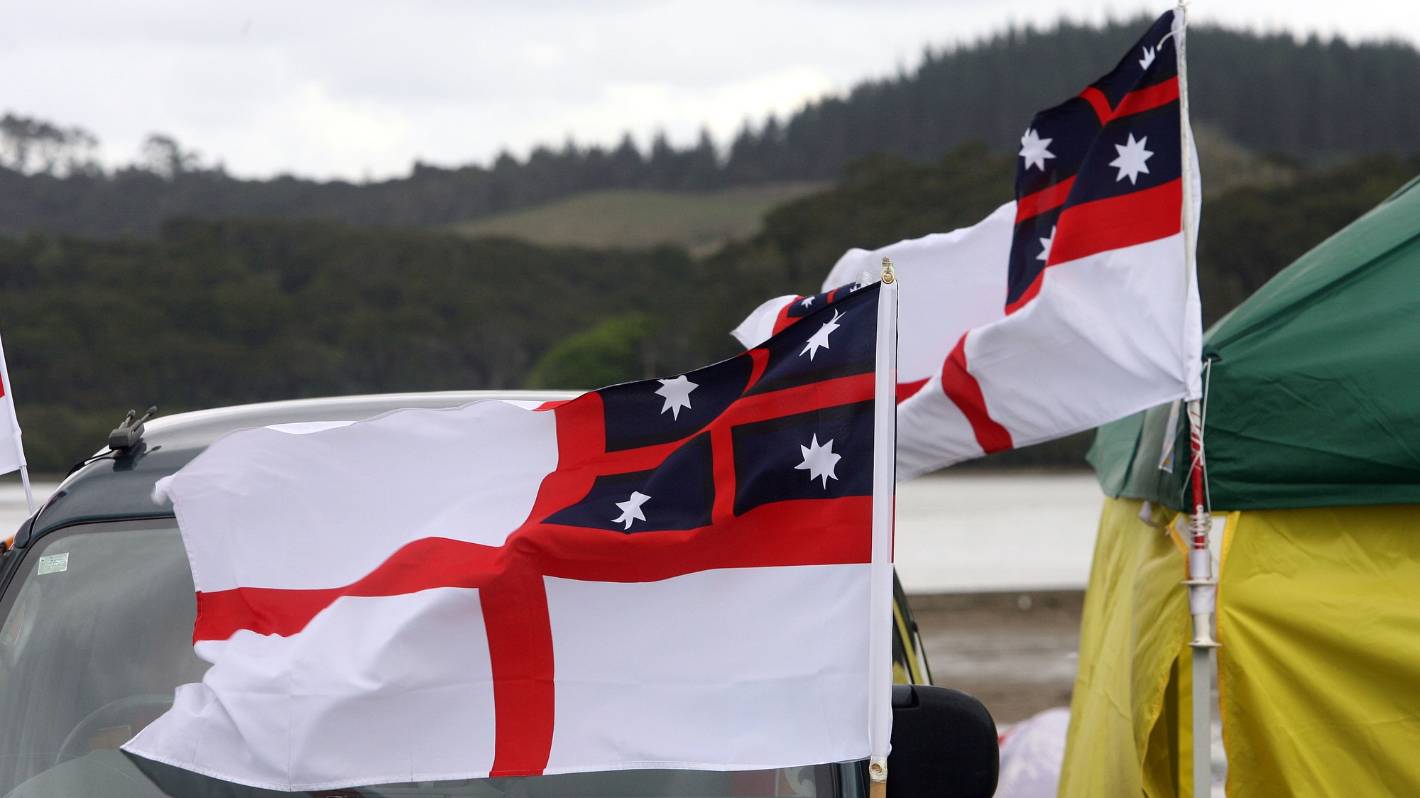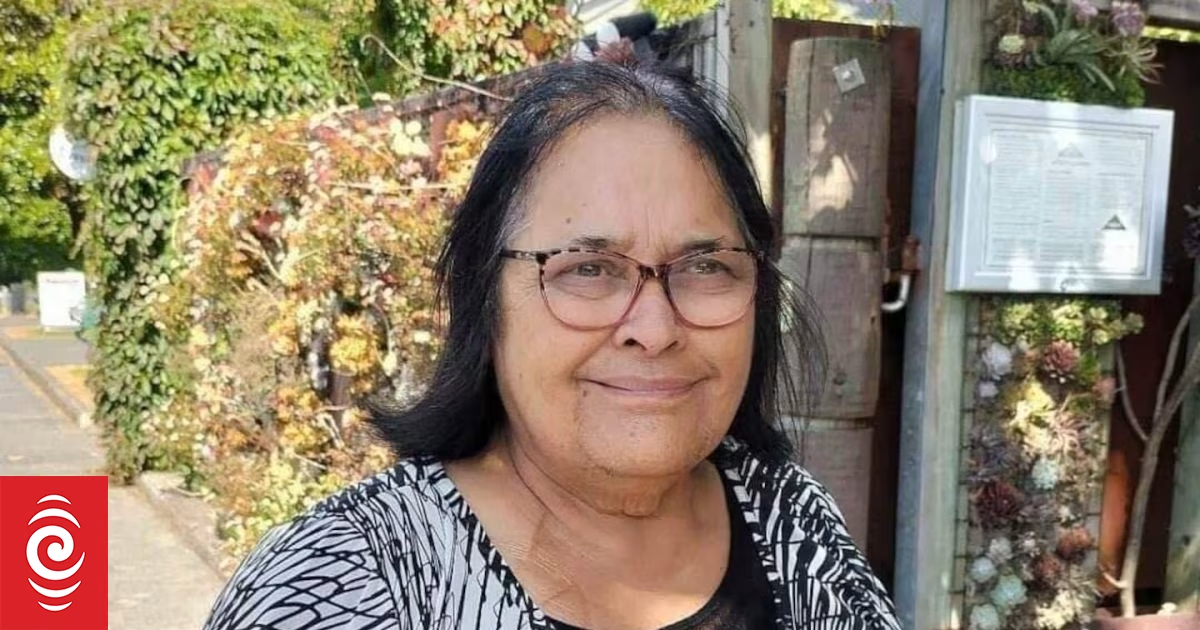Some view it as the senior document to Te Tiriti o Waitangi, while others have never heard of it. He Whakaputanga o te Rangatiratanga o Nu Tireni – the Declaration of Independence of the United Tribes of New Zealand – was signed more than four years before Te Tiriti, in October 1835. Pou Tiaki examines the declaration to answer some of the big questions surrounding this groundbreaking document.
Read this story in te reo Māori and English here. / Pānuitia tēnei i te reo Māori me te reo Pākehā ki konei.
What is He Whakaputanga?
It is quite literally a declaration of independence and its story begins in the late 1820s/30s when Māori were becoming increasingly keen to explore the wider world.
READ MORE:
* Waitangi Tribunal report reveals Crown 19th century treaty breaches in Northland
* How the good intentions of ‘New Zealand Day’ diminished the mana of the Treaty
* Waitangi Treaty Grounds: Why they’re the birthplace of our nation
They had purchased ships and were looking to break into trading markets overseas.
“I understand that because the ships were not recognised as having come from a sovereign nation, some were confiscated,” says University of Waikato’s Professor Tom Roa (Waikato Maniapoto).
STUFF
February 6 acknowledges the signing of Te Tiriti o Waitangi in 1840.
Losing a ship was not ideal and rangatira (chiefs) at the time knew they needed to come up with a solution.
The answer came in the form of a flag. Essentially, if Māori wanted to be involved in international trade and exploration, they needed to become a recognisable nation and sail under a flag.
Concerns were also starting to bubble on land regarding the French and their desire to compete for influence in Aotearoa.
Having been made more accessible/Stuff
He Whakaputanga can be viewed as part of the He Tohu exhibition in Wellington.
Of particular alarm was the behaviour of Frenchman Charles Philippe de Thierry, who had announced plans to affirm an independent state in Hokianga.
In fact, Governor Bourke of New South Wales, Australia, is understood to have later referred to He Whakaputanga as “a paper pellet fired off at Baron de Thierry”, according to NZHistory online.
After some overseas research and discussions with the British Resident James Busby, the rangatira decided to follow the example of the United States and declare independence, says Roa.
“They knew that they would need to seek a sponsorship of the then very powerful Great Britain and its navy.”
Once that was obtained, He Whakaputanga was drawn up. By 1839, more than 50 rangatira had put their name to the declaration.
Tom Lee/Stuff
Tom Roa is a historian and professor of te reo Māori at Waikato University.
What does He Whakaputanga say?
Like Te Tiriti o Waitangi, there are two versions, one in English and one in te reo Māori. There are some differences in wording but, for the most part, they are pretty similar.
He Whakaputanga consists of four articles, asserting that authority and sovereign power over the land lay with Te Whakaminenga, the Confederation of United Tribes.
The declaration says no other group can frame laws or establish governorship within the lands of the confederation.
Furthermore, it states rangatira would meet at Waitangi every autumn to enact laws, so justice could be done and peace prevail.
Did every chief in Aotearoa sign?
No, this was a document for the northern tribes. The declaration lays this out specifically in the first article of the te reo Māori version where it mentions leaders of the tribes to the north of Hauraki.
It was first signed on October 28, 1835, by 34 northern rangatira. The declaration was then formally acknowledged by the British Crown in 1836.
By July 1839, a further 18 chiefs had added their names to He Whakaputanga, including Te Wherowhero of Waikato Tainui, who would later become the Māori king in 1858.
George French Angas
Pōtatau Te Wherowhero signed He Whakaputanga before he became the first Māori king.
“The assertion from us in Waikato Tainui is that Te Wherowhero was approached to sign the declaration, for one, because he had whakapapa connections to the north,” says Roa.
“Number two, his Waikato Maniapoto people were already in that space with shipping our produce in particular to Australia and further afield.”
So how does He Whakaputanga relate to Te Tiriti o Waitangi?
With the signing of He Whakaputanga, the northern chiefs had asserted their independent sovereignty and autonomy.
Come 1840 there was a growing British presence in Aotearoa, and so it was thought another legal document was required to acknowledge this, says Roa.
Thus, Te Tiriti o Waitangi was drawn up.
Why do some people view He Whakaputanga as senior to Te Tiriti?
There are a few reasons for this, the most basic one being that He Whakaputanga is simply older. Remember, it was signed more than four years prior to Te Tiriti.
More importantly though, the northern chiefs who signed were making a statement about their independence and authority over their spaces and resources.
In turn, that assisted rangatira in their international aspirations, explains Roa.
“So there are probably at least three reasons for me, and others, asserting that [He Whakaputanga] is the primary senior document in the assertion of tino rangatiratanga.”
Mark Beatty/National Library/Supplied
Some view He Whakaputanga as the more senior document to Te Tiriti o Waitangi which was signed in 1840.
He Whakaputanga and te reo Māori
Te Tiriti o Waitangi is obviously the more prominent document of the two, but Roa says it is good that more people are learning about He Whakaputanga.
This was a groundbreaking document, because it was the first time the phrasing of “tino rangatiratanga” had been seen, he says.
Before that, assertions of independence and autonomy were found in the term “mana motuhake”, which was perfectly fine and understood in the Māori world.
But rangatira realised the idea of self-determination didn’t really fit with the international way of thinking, says Roa.
Missionaries at the time were teaching of things like the kingdom of Christ, and of the sovereign ruling over his or her people.
Rangatira needed a phrase that could be understood by newcomers to Aotearoa, and mana motuhake wasn’t it.
“But the translation of tino rangatiratanga, the very assertion of sovereignty and independent authority of the big boss … was something that could be better understood in this interaction with this international community.”




